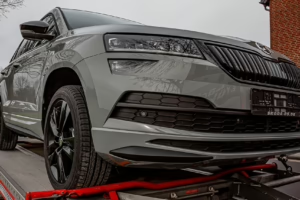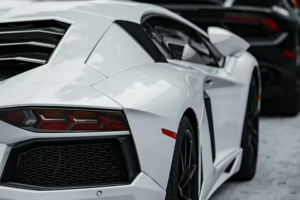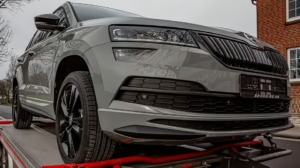Unpacking the VW Golf 2: Features That Made It a Cult Classic
When considering the legacy of compact cars, few have made as significant an impact as the Volkswagen Golf. Launched in the mid-1970s, the model underwent various iterations, but it was the second generation—known as the Golf 2—that truly solidified its status as a cult classic. Produced from 1983 to 1992, the VW Golf 2 introduced features that not only defined its own era but also influenced automotive design and culture for years to come.
Timeless Design
One of the standout attributes of the Golf 2 is its iconic design. The exterior featured a more angular shape compared to its predecessor, which embraced a more rounded aesthetic. This evolution in design was not just about looks; it also improved aerodynamics, making the car more fuel-efficient. The subtle rear lights, broad shoulders, and robust stance imbued the Golf 2 with a sense of both practicality and style, appealing to a wide audience—from young drivers to families.
Versatile Interiors
Inside, the Golf 2 continued the tradition of functional design. The cabin was spacious for a compact car, with forward-thinking ergonomics. The dashboard was intuitively laid out, and the materials, although modest, were designed to withstand the wear and tear of daily use. The rear seats offered ample legroom, while the hatchback design allowed for significant cargo space. This combination of comfort and utility made it suitable for everything from urban commutes to weekend adventures.
Performance and Handling
The Golf 2 was not just about looks; it delivered on performance too. The model range featured an assortment of engines, including reliable petrol and diesel variants. Drivers praised the car for its precise steering and nimble handling, making it a favorite on twisty roads. The introduction of the GTI version added a sporty edge, appealing to enthusiasts who appreciated its lively acceleration and enhanced suspension. This blend of performance and everyday usability resonated deeply with drivers across Europe and beyond.
Innovative Features
The Golf 2 also introduced several innovative features that were ahead of its time. Options like power windows, central locking, and an optional electric sunroof made their debut, catering to the needs of a more comfort-seeking demographic. The integration of safety features, such as crumple zones and a rigid passenger cell, highlighted VW’s commitment to passenger safety, providing peace of mind for families and young drivers alike.
Cultural Impact
Beyond its technical specifications and design, the VW Golf 2 became a cultural phenomenon. It was more than just a car; it became a lifestyle symbol for a generation. From popular films to music videos, the Golf 2 often represented freedom and youthfulness. Its affordability and practicality made it accessible to many, further cementing its status as a beloved hatchback across Europe.
Community and Enthusiasts
The passion for the Golf 2 endures today, spurred by a vibrant community of enthusiasts. Many owners love customizing their vehicles, and various clubs and forums celebrate the Golf 2’s legacy. Restoration projects and classic car shows often include this model, showcasing its enduring appeal. The car’s robust aftermarket support means that parts are widely available, making it easier for enthusiasts to preserve and enhance their rides.
Conclusion
The Volkswagen Golf 2 is more than just a car; it represents a pivotal moment in automotive history. Its thoughtful design, versatile interior, impressive performance, and cultural significance have combined to create a vehicle that has stood the test of time. For many, the Golf 2 is not merely a means of transportation but a cherished icon—a true testament to engineering, design, and community spirit. As we look back, it’s clear that the Golf 2 didn’t just drive; it left an indelible mark on the roads it navigated.
Modern Footnote Source Link: Research Journal on Automotive Heritage


























Add Comment